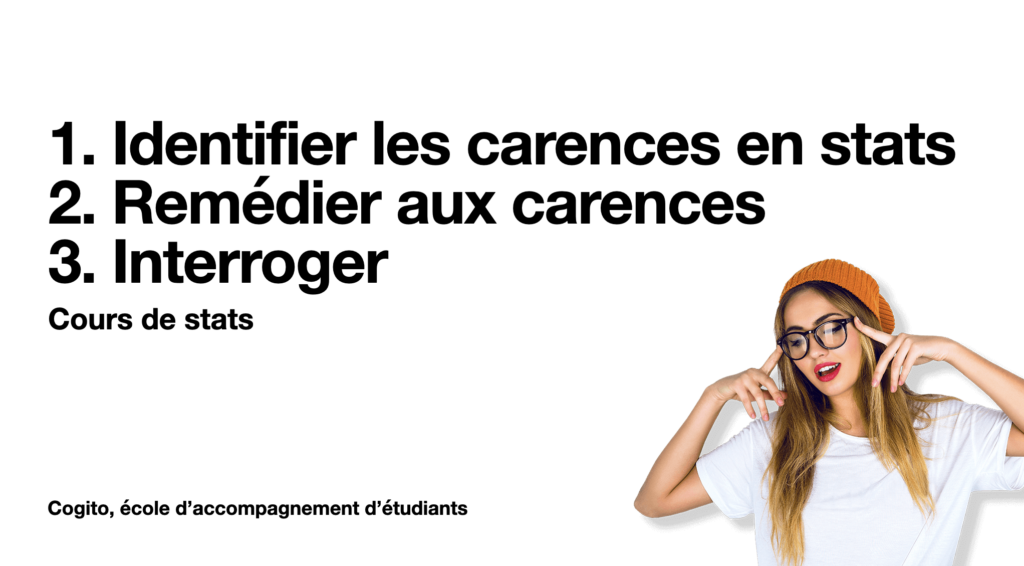Statistics course
Statistics, in its most general sense, is a scientific discipline concerned with the collection, analysis, interpretation, presentation and organisation of quantitative or qualitative data. Statistics can be used to explore complex phenomena, discover trends, make predictions, make informed decisions and draw conclusions from data. Many students ask Cogito for a helping hand to triumph in their stats exam. That's what we're here for!
Here are just some of the areas in which our qualified civil engineers can help you.
Population
A population is the complete set of individuals, objects, events or observations that have common characteristics and are of interest for a given statistical study.
Sample
A sample is a subset of the population that is selected for study. Samples are used when it is expensive, difficult or impossible to study the entire population.
Variable
A variable is a specific characteristic that is measured or observed in a statistical study. Variables can be quantitative (numerically measurable) or qualitative (categorical descriptions).
Distribution
The distribution of a variable describes how the values of that variable are distributed. It can be represented graphically in the form of a histogram, density curve or other graph.
Average
The mean is a measure of central tendency which represents the sum of the values of a variable divided by the total number of values. It is often used to represent a typical value of the variable.
Median
The median is another measure of central tendency, representing the value that divides the distribution into two equal parts. It is less sensitive to extreme values than the mean.
Standard deviation
The standard deviation is a measure of dispersion that indicates the spread of values around the mean. A higher standard deviation indicates greater variability in the data.
Correlation
Correlation is a statistical measure that evaluates the relationship between two variables. It can be positive (the two variables increase together), negative (one variable increases while the other decreases) or zero (no apparent relationship).
Hypothesis testing
A hypothesis test is a statistical procedure used to make a decision or draw a conclusion about a population based on the samples observed. It involves formulating a null hypothesis and an alternative hypothesis, then collecting data to assess the plausibility of the null hypothesis.
Regression
Regression is a statistical method used to model the relationship between a dependent variable and one or more independent variables. It is used to predict or estimate the values of the dependent variable as a function of the values of the independent variables.
These terms represent a small part of the vast field of statistics. Statistics are used in many fields, such as science, business, economics, medicine, sociology and many others, to understand and analyse data and make informed decisions.



